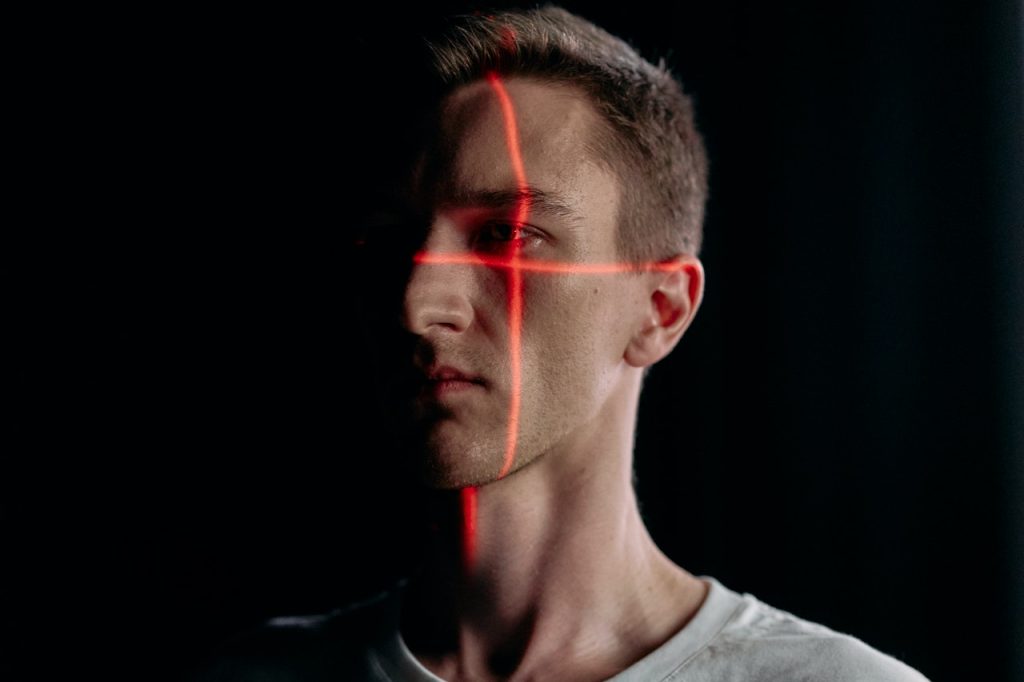New Index Improves Targeting of Skin Blemishes with Laser Treatment

To improve the efficacy of treating skin blemishes with laser treatment while reducing complications, an Osaka Metropolitan University-led research group has developed an index of the threshold energy density, known as fluence, and the dependent wavelength for picosecond lasers. The use of this indicator, described in Lasers in Surgery and Medicine, is expected to help set irradiation conditions in clinical practice and reduce complications.
Picosecond lasers have in recent years been used to remove pigmented lesions. These lasers deliver energy beams in pulses that last for about a picosecond – a trillionth of a second. The lasers target melanosomes, which produce, store, and transport the melanin responsible for pigment.
Postdoctoral Fellow Yu Shimojo of OMU’s Graduate School of Medicine and Specially Appointed Professor Toshiyuki Ozawa and Professor Daisuke Tsuruta of the school’s Department of Dermatology were among the researchers who developed this first picosecond laser index for each of the wavelengths used in clinical practice in treating pigmented lesions.
Using a mathematical model based on the thresholds, the researchers quantitatively evaluated irradiation parameters for 532-, 730-, 755-, 785-, and 1064-nm picosecond laser treatments.
A suspension of melanosomes extracted from pig eyes was irradiated using picosecond lasers with varying fluence. The mean particle size of the irradiated melanosomes was measured by dynamic light scattering, and their disruption was observed by scanning electron microscopy to determine the disruption thresholds. A mathematical model was developed, combined with the threshold obtained and Monte Carlo light transport to calculate irradiation parameters required to disrupt melanosomes within the skin tissue.
The numerical results quantitatively revealed the relationship between irradiation wavelength, incident fluence, and spot size required to disrupt melanosomes distributed at different depths in the skin tissue. Comparing previously reported clinical studies, the researchers confirmed that clinical results showing low complication rates and high efficacy can be explained based on these wavelength-dependent indicators.
“The use of this indicator is expected to play an important part in setting irradiation conditions in clinical practice,” Postdoc Fellow Shimojo said. “In addition, the implementation of picosecond laser therapy based on scientific evidence, rather than relying solely on physicians’ experience, is expected to improve the safety and effectiveness of the treatment.”
Source: Osaka Metropolitan University

